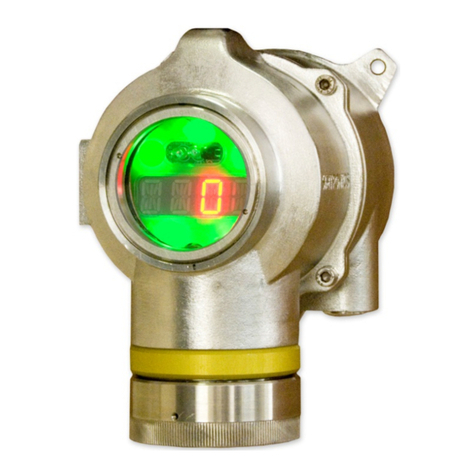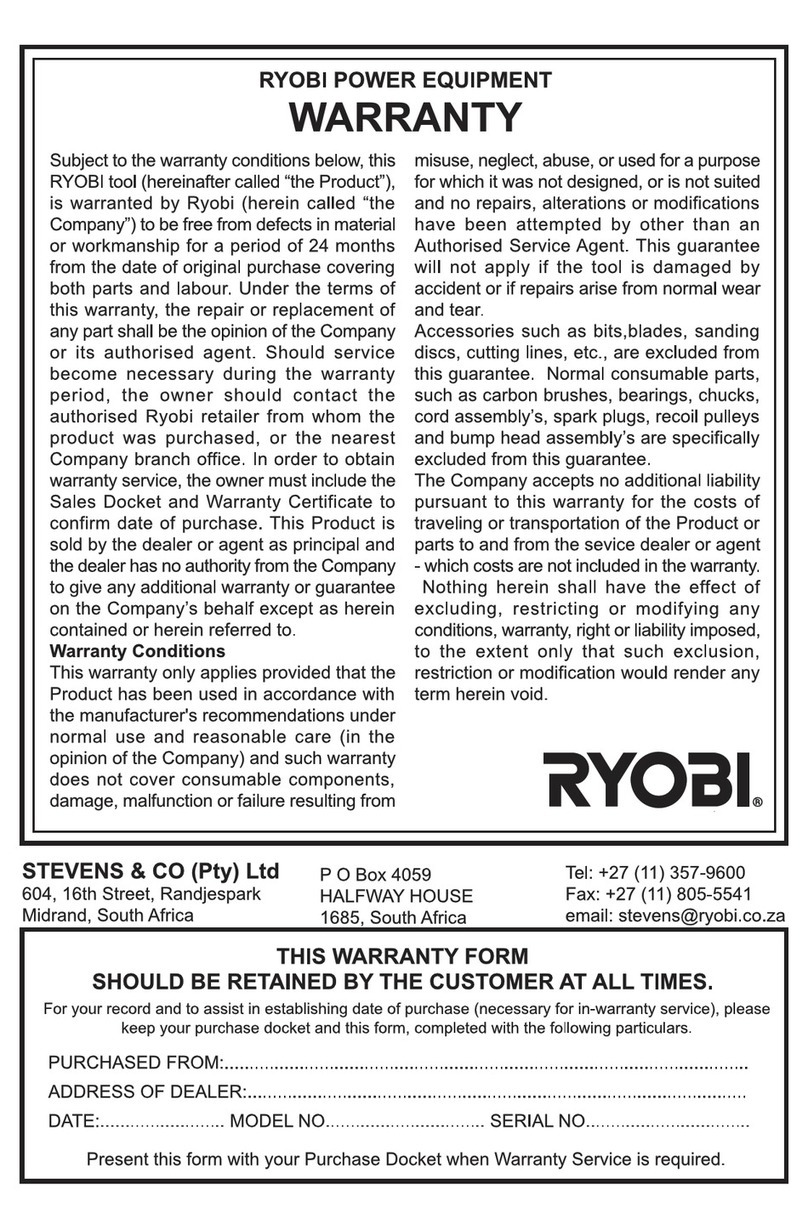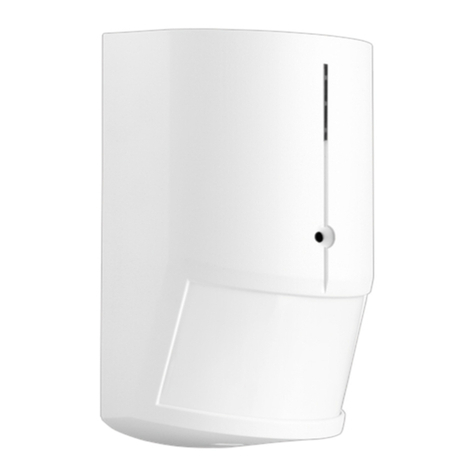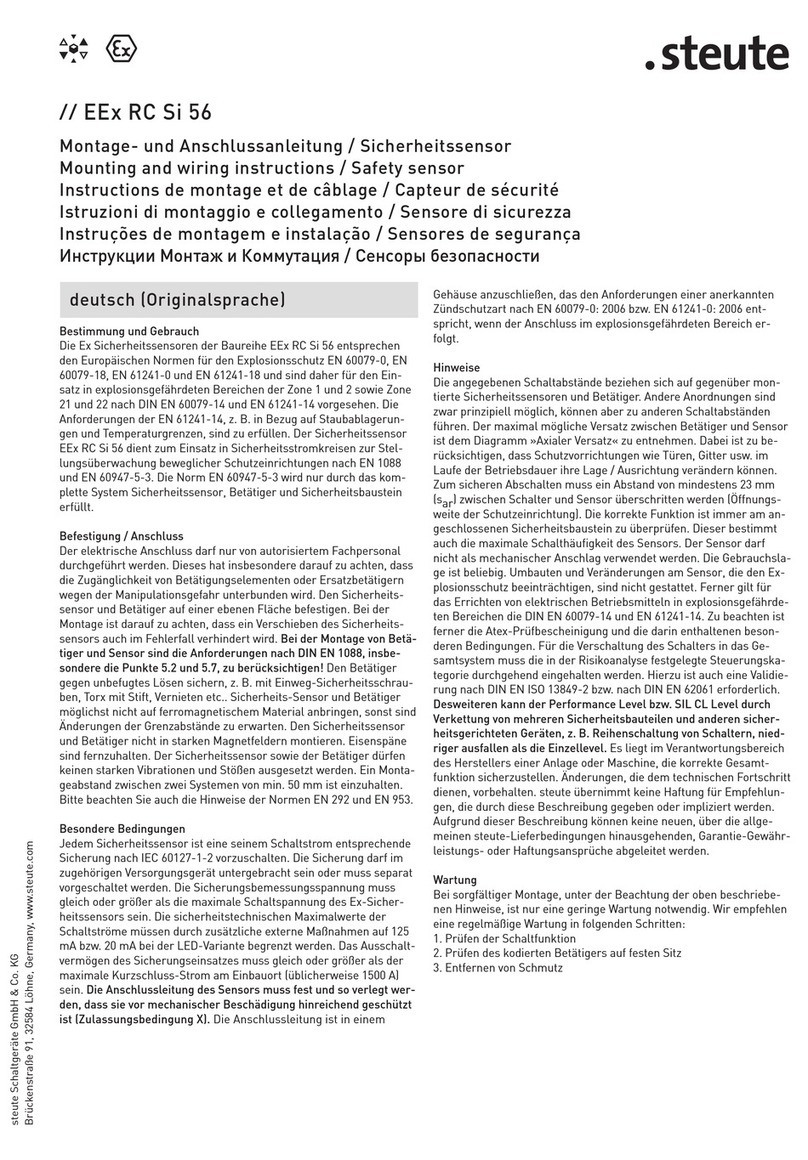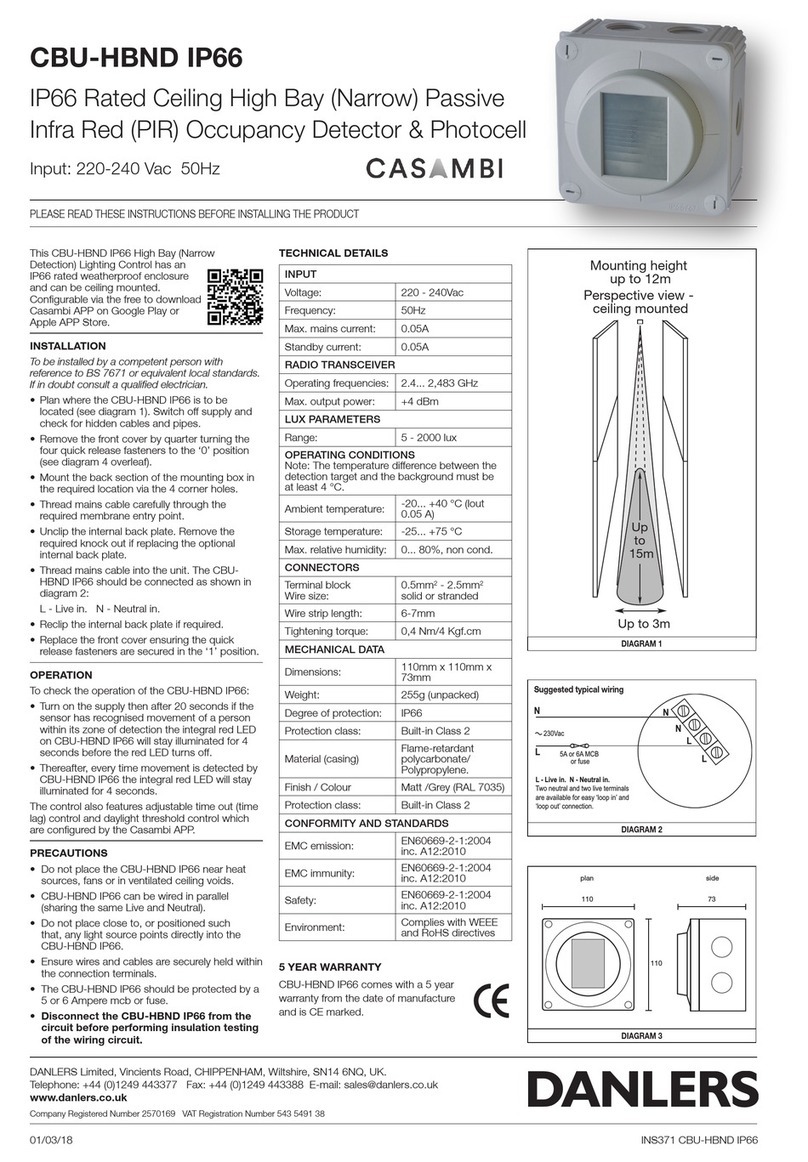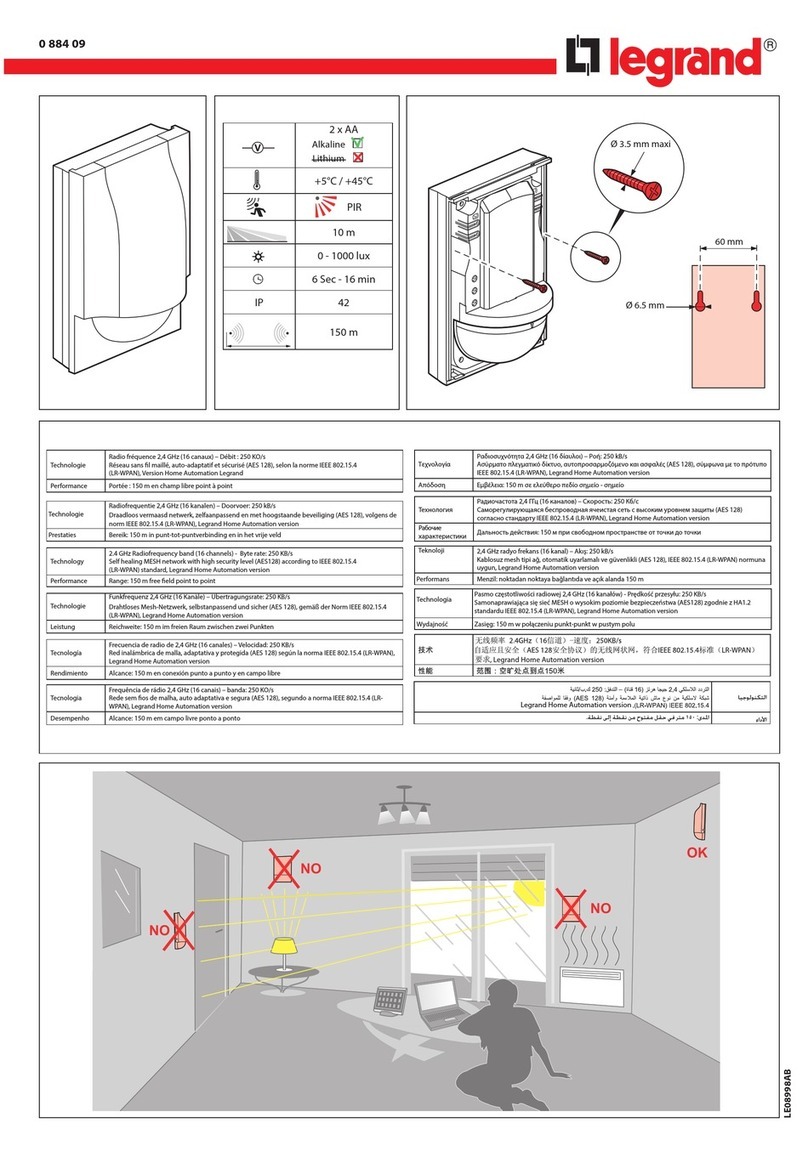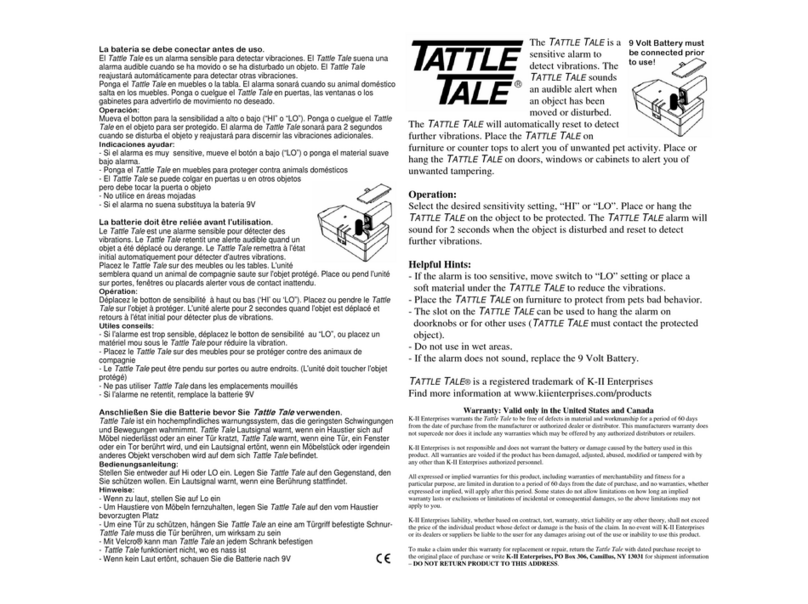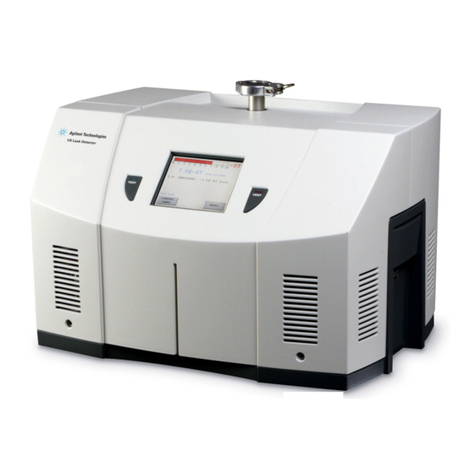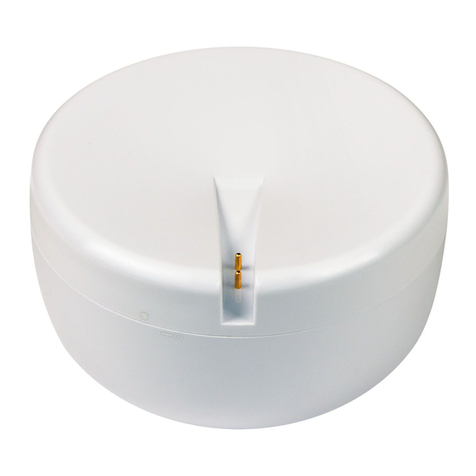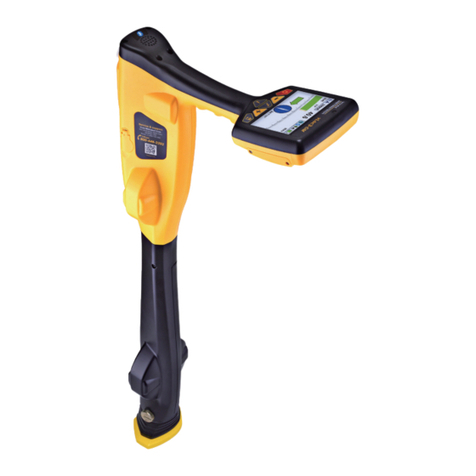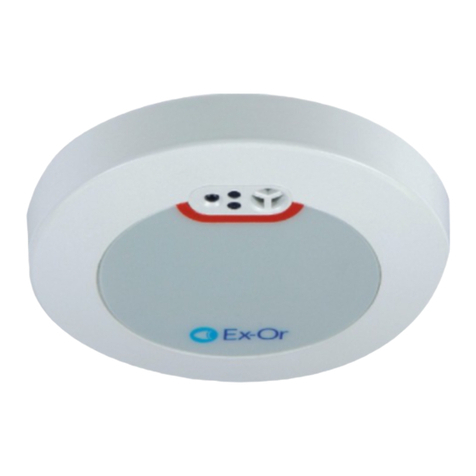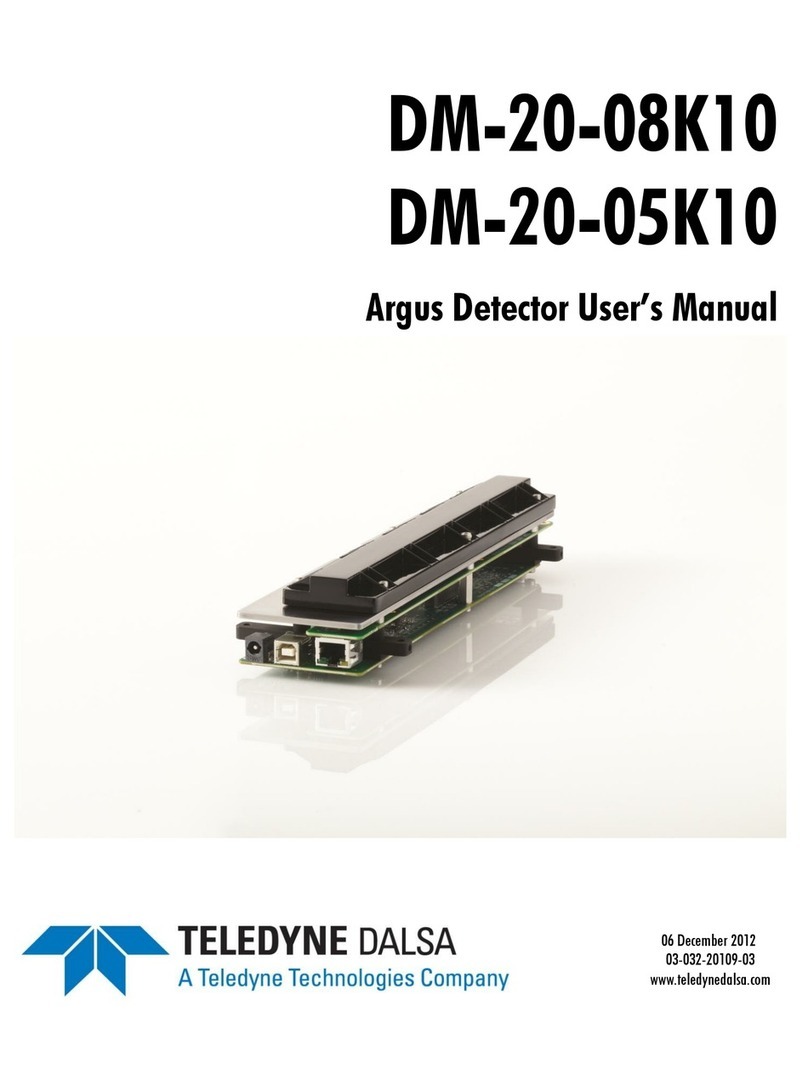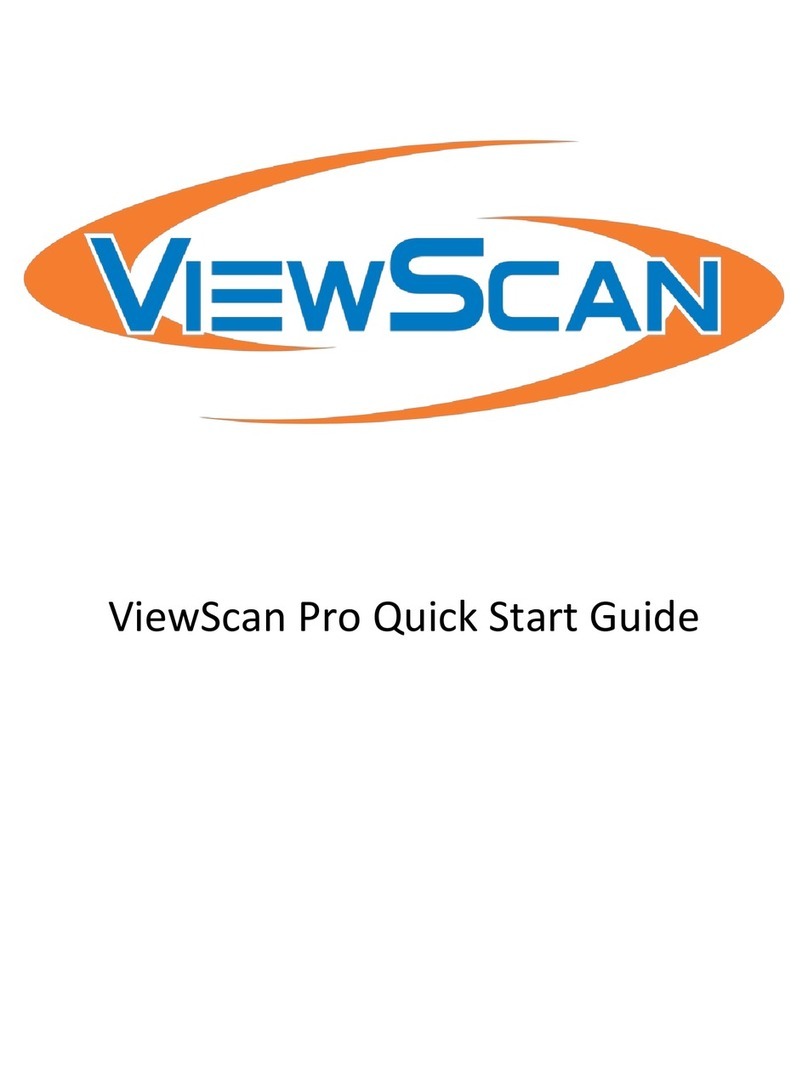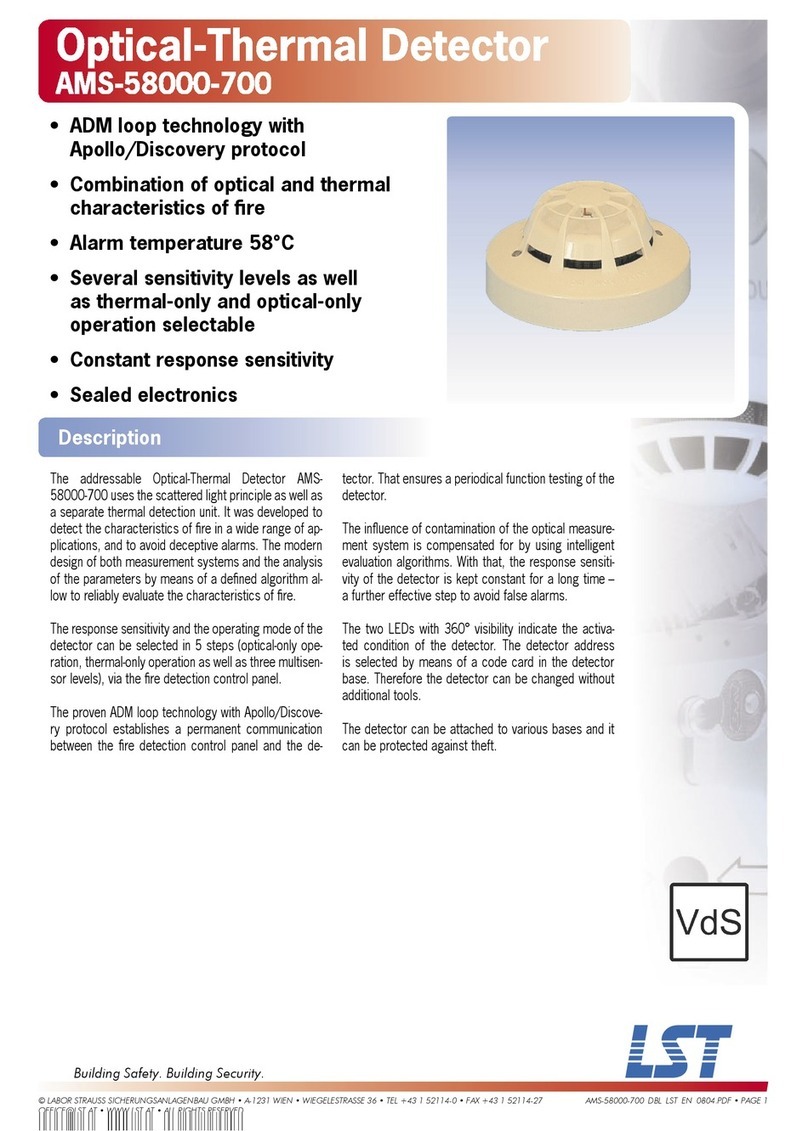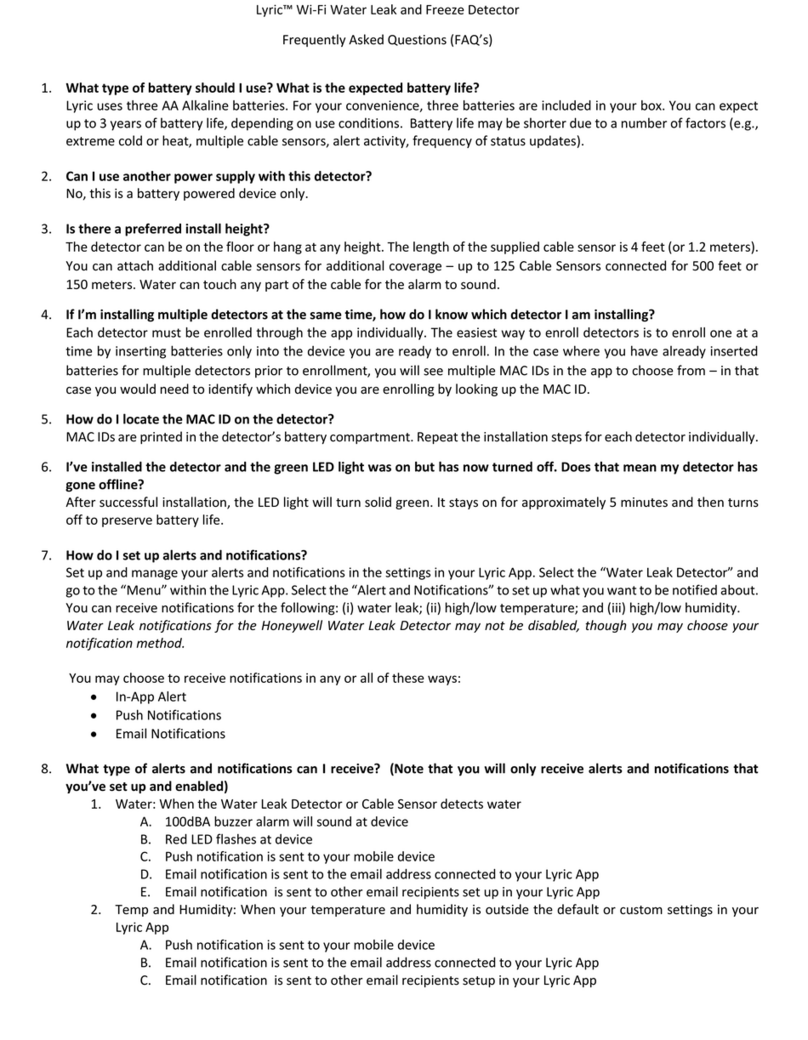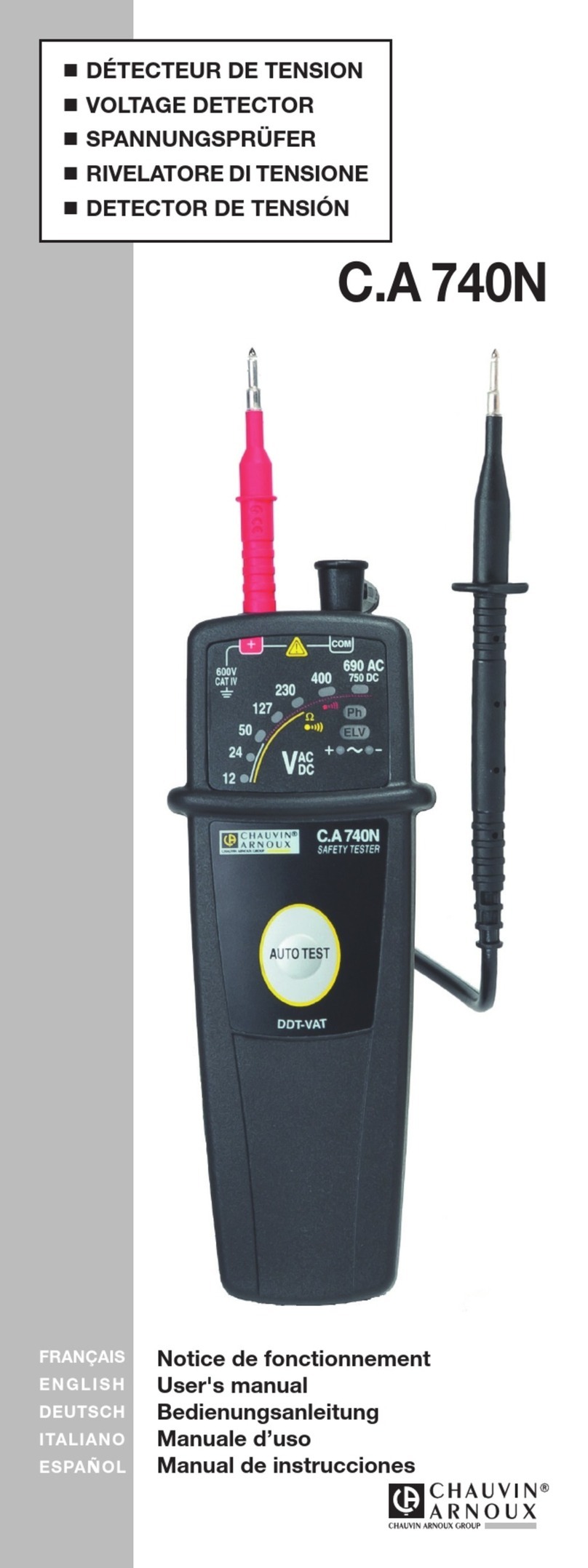
Spyglass IR3-V
Flame detector
USER MANUAL
Revision 1.0
List of Figures
Figure 1 : Front view of the Spyglass SG50-F-IR3-V .............................................................5
Figure 2 : Rear view of the Spyglass SG50-F-IR3-V ..............................................................5
Figure 3 : Tilt Mount .........................................................................................................................6
Figure 4 : Weather Cover.............................................................................................................6
Figure 5 : Pole Mount .....................................................................................................................7
Figure 6 : Air Shield..........................................................................................................................7
Figure 7 : Flame Simulator kit ......................................................................................................8
Figure 8 : Flame Simulator front view.......................................................................................8
Figure 9 : - Horizontal field of view........................................................................................ 10
Figure 10 : Vertical field of view ............................................................................................. 10
Figure 11 : Tilt Mount Base - Plate View ................................................................................ 13
Figure 12 : Tilt mount base – Side View................................................................................. 13
Figure 13 : Detector on Tilt mount – Side view................................................................. 14
Figure 14 : Terminal view ........................................................................................................... 15
Figure 15 : Source 4-Wire scheme ......................................................................................... 17
Figure 16 : Sink 4-Wire scheme................................................................................................ 17
Figure 17 : Source 3-Wire scheme ........................................................................................ 18
Figure 18 : Sink 3-Wire scheme................................................................................................ 18
Figure 19 : 4 Wire relay connection ...................................................................................... 19
Figure 20 : RS-485 Networking....................................................................................................... 19
List of Tables
Table 1: Terminal Connections................................................................................................ 16
Table 2 : Detector Configuration Options.......................................................................... 23
Table 3 : Sensitivity Levels.......................................................................................................... 24
Table 4 : Output Signal............................................................................................................... 28
Table 5: Common Troubleshooting Suggestions.............................................................. 33
Table 6: Detector Status 0-20mA output............................................................................. 40
Table 7: IR3-V Sensitivity (Extreme) ........................................................................................ 47
Table 8: IR3-V Sensitivity (High)................................................................................................ 48
Table 8: IR3-V Sensitivity (Medium)........................................................................................ 48
Table 8: IR3-V Sensitivity (Low)................................................................................................. 48
Table 8: IR3-V Sensitivity (Very low) ....................................................................................... 49
Table 9: False Alarm Immunity (IR3-V).................................................................................. 50
Table 15: Ordering Information............................................................................................... 51



















